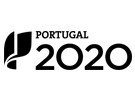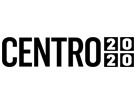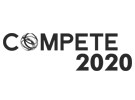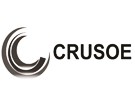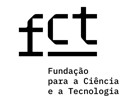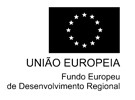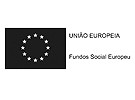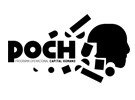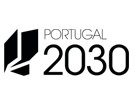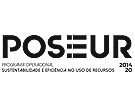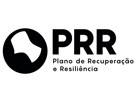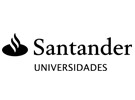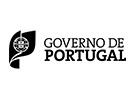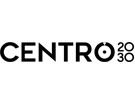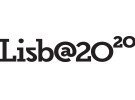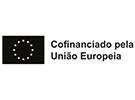


Publication in the Diário da República: Despacho nº 17071/2009 - 23/07/2009
3 ECTS; 1º Ano, Anual, 7,0 T + 12,0 TC + 8,0 S , Cód. 649811.
Lecturer
- Hipólito Collado Giraldo (1)(2)
(1) Docente Responsável
(2) Docente que lecciona
Prerequisites
Not applicable.
Objectives
The Curricular Unit "Peninsular Neolithic Art" seeks to implant in the students an advanced knowledge of the graphic manifestations of rock art made by societies with a productive economy. For this purpose, a series of basic objectives have been defined, which have been listed in the previous section and which are detailed in detail in each case below:
1.- Technical characteristics of rock art: with this thematic block we seek to introduce the student to the various techniques that were used to make rock art, analyzing with special intensity the different types of engraving and their method of execution and the different types of pigments and their fundamental components.
2.- Location criteria: This is a fundamental thematic block in which the typology of the places where rock art has been documented is analyzed, as well as several aspects related to the motivations (social, economic, ritual or strategic) that led to the selection or discarding of the enclaves in which to represent figurative rock art groups.
3.- Analysis of the different interpretative currents on the meaning of the peninsular Neolithic art. This is an eminently theoretical block in which the student will learn about the different lines of interpretation applied to cave art and the researchers or research teams that were its main representatives.
The three previous thematic blocks are completed with a last block of eminently practical content whose objective will be to introduce the student in the handling of the techniques of documentation and study of rock art:
The photographic registration of panels with rock art.
Digital treatment of colors in high resolution digital images.
Creation of digital tracings from photographic images.
Obtaining 3D models from photographic series: introduction to digital photogrammetry.
Program
Precedents of Neolithic rock art (RA) in the Iberian Peninsula:
This first topic addresses in detail the current knowledge about the rock art cycles that precede the Neolithic rock art in the Iberian Peninsula. The aim is to instill in the students that there is no graphic "void" between the end of the graphic manifestations of the Upper Paleolithic and the arrival of the rock art of the peninsular producer groups (known as Schematic Art). In this sense, the problematic of the rock art cycle called "Pre-Schematic", corresponding to the human groups of predatory economy of the first half of the Holocene, is approached.
2.The schematic RA as a paradigm of the societies of productive economy.
This topic analyzes the evidences and contexts that allow to relate the schematic rock art with the producer groups. The relationship between the context of occupation and places with rock art, the parallels between megalithic art and schematic art and finally the relationship between the various decorated objects and the symbology used in the decorations and schematic rock art will be studied.
3.Distribuição da AR Esquemática
In this third block we intend to generate in the student a global idea of the distribution of schematic art at the peninsular level, emphasizing the main areas of concentration of this type of graphic manifestations both in Spain and in Portugal.
4.Techniques, style and typologies in peninsular schematic AR
This is one of the fundamental blocks in the UC. With this subject the student must acquire an advanced knowledge of the techniques of representation of rock art (engraving, painting, graphite and bas-relief), the characteristics of the pigments used in its elaboration from the studies and analysis carried out on samples of rock art, the style that characterizes and defines the schematic rock art analyzing for it factors as diverse as the perspective used in a preferential way, the size of the figures, the use of the supports or the implication of the geology in the rock art. The subject ends with a detailed review of all the typologies recognized in the peninsular schematic art: anthropomorphs, zoomorphs and symbols.
5.Chronology of schematic RA in the Iberian Peninsula
This topic offers a compilation of the chronological data that research has made available to establish the chronological picture of Schematic Art.
Parallels with movable objects
Parallels with megalithic art
Direct dating (C14, Oxalates, TL)
Interpretative theories
The aim is to offer the students an approach to the different interpretative currents that are traditionally applied to peninsular schematic art:
Schematic Art as a territorial marker
Schematic Art as an element of social communication.
Schematic Art linked to spaces with a possible ritual purpose.
7.The end of the schematic AR. Introduction to the cave paintings of the Iron Age.
In this lesson the student should know that the schematic rock art disappears with the arrival of the Iron Age, the possible causes that analyze its disappearance and a subtle review of the main characteristics of the Iron Age art.
8.Field methodology applied to the documentation of the RA
This subject has a practical character and seeks to familiarize the student in the handling of the techniques of documentation and study of rock art:
The photographic registration of panels with rock art.
Digital treatment of colors in high resolution digital images.
Creation of digital tracings from photographic images.
Obtaining 3D models from photographic series: introduction to digital photogrammetry.
Evaluation Methodology
Class performance (40%), Examination (25%), Assignment (35%).
Bibliography
Teaching Method
A mixed teaching methodology will be used combining a first part of teaching with a fundamentally theoretical character and a second part of fundamentally practical character
Software used in class
Power Point PPT
Adobe Photoshop
Photoscan (Argisoft)
